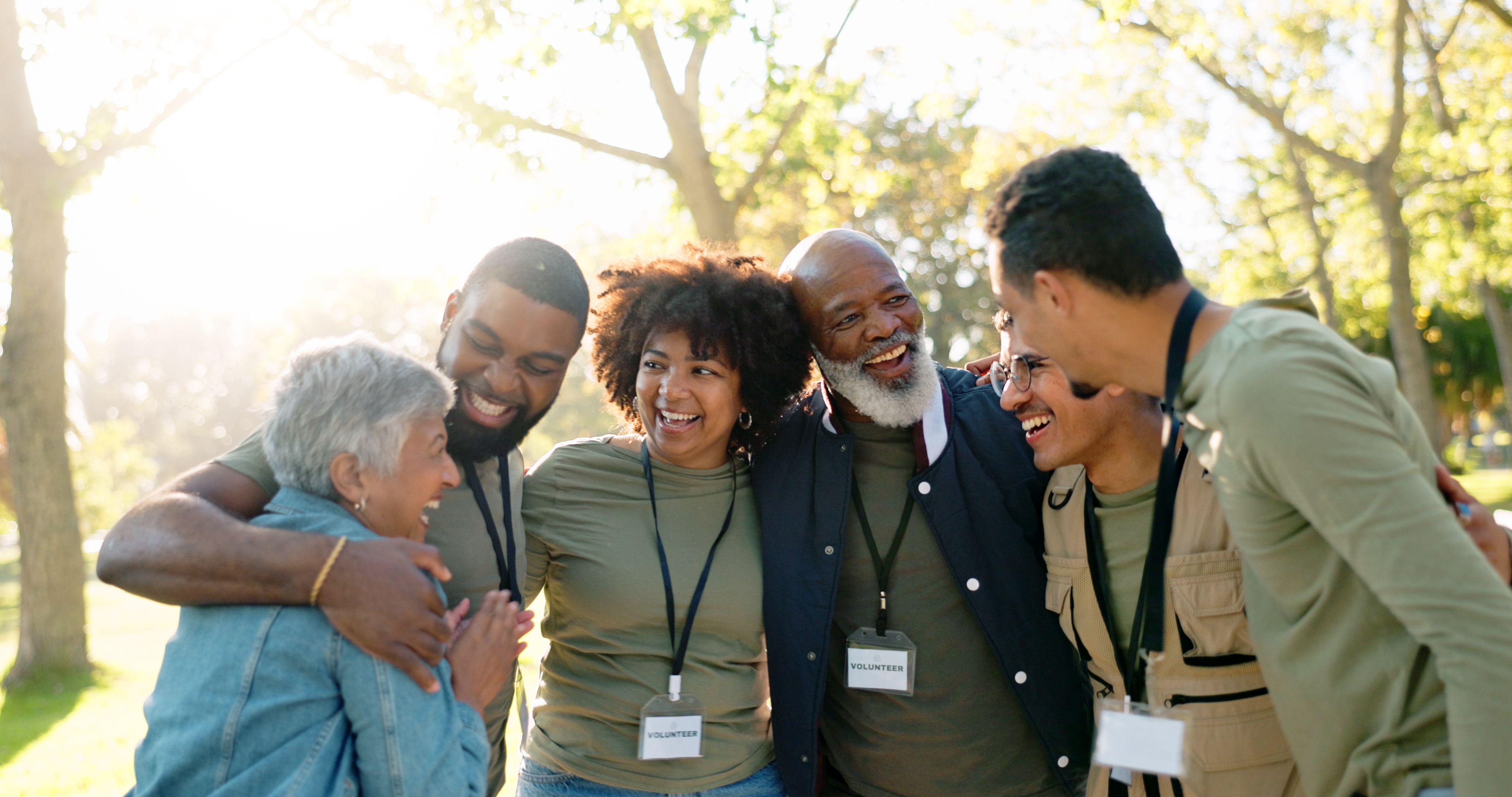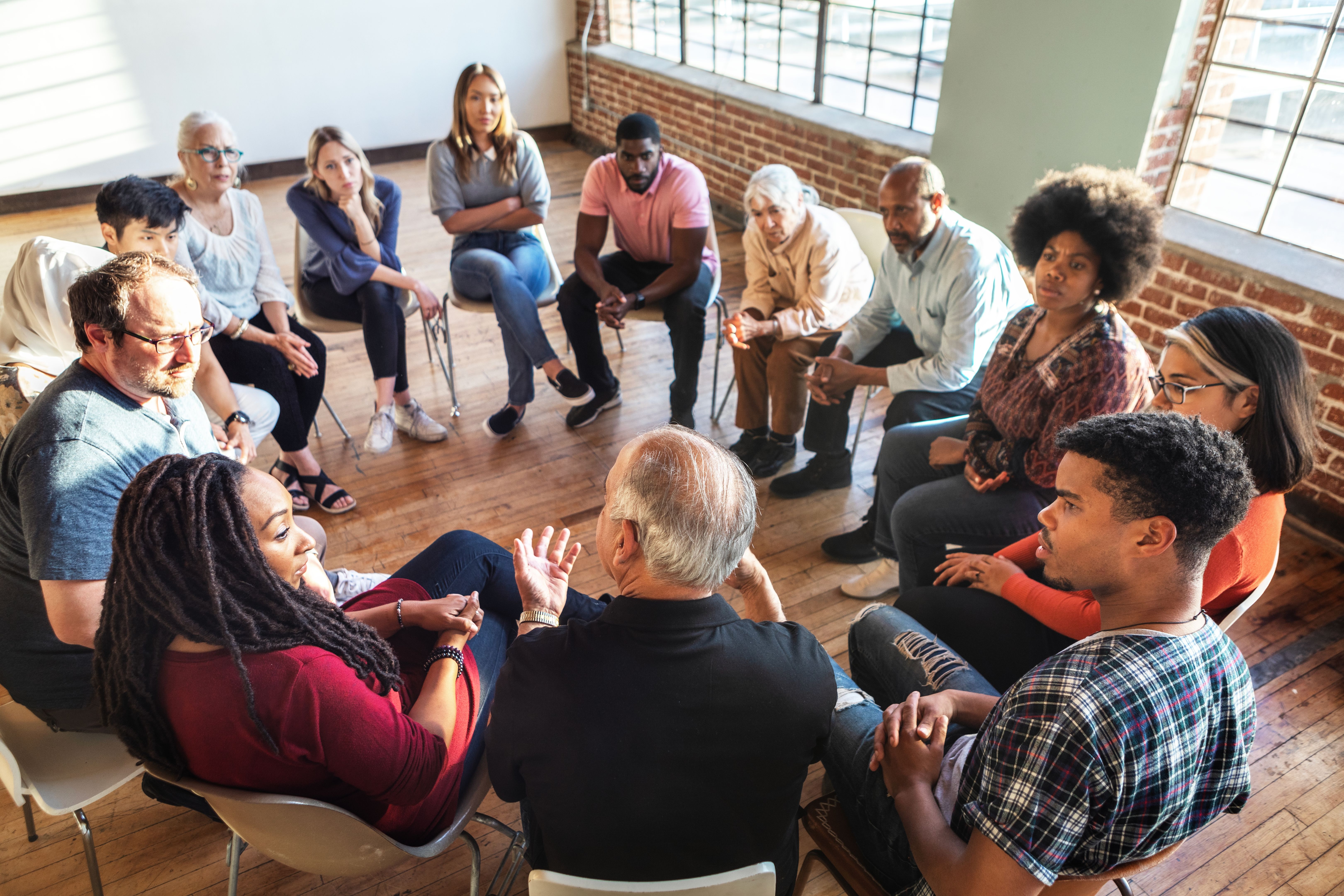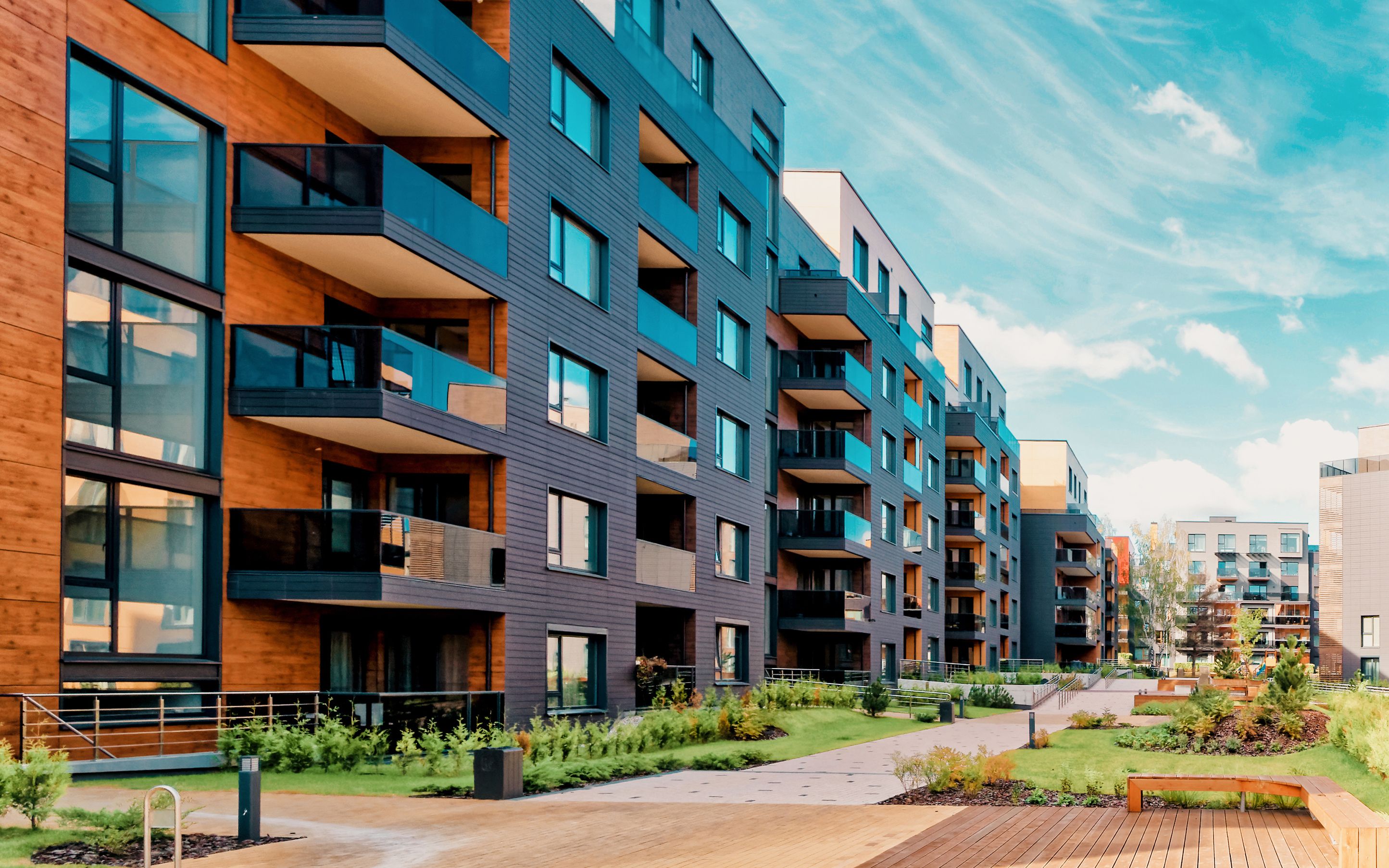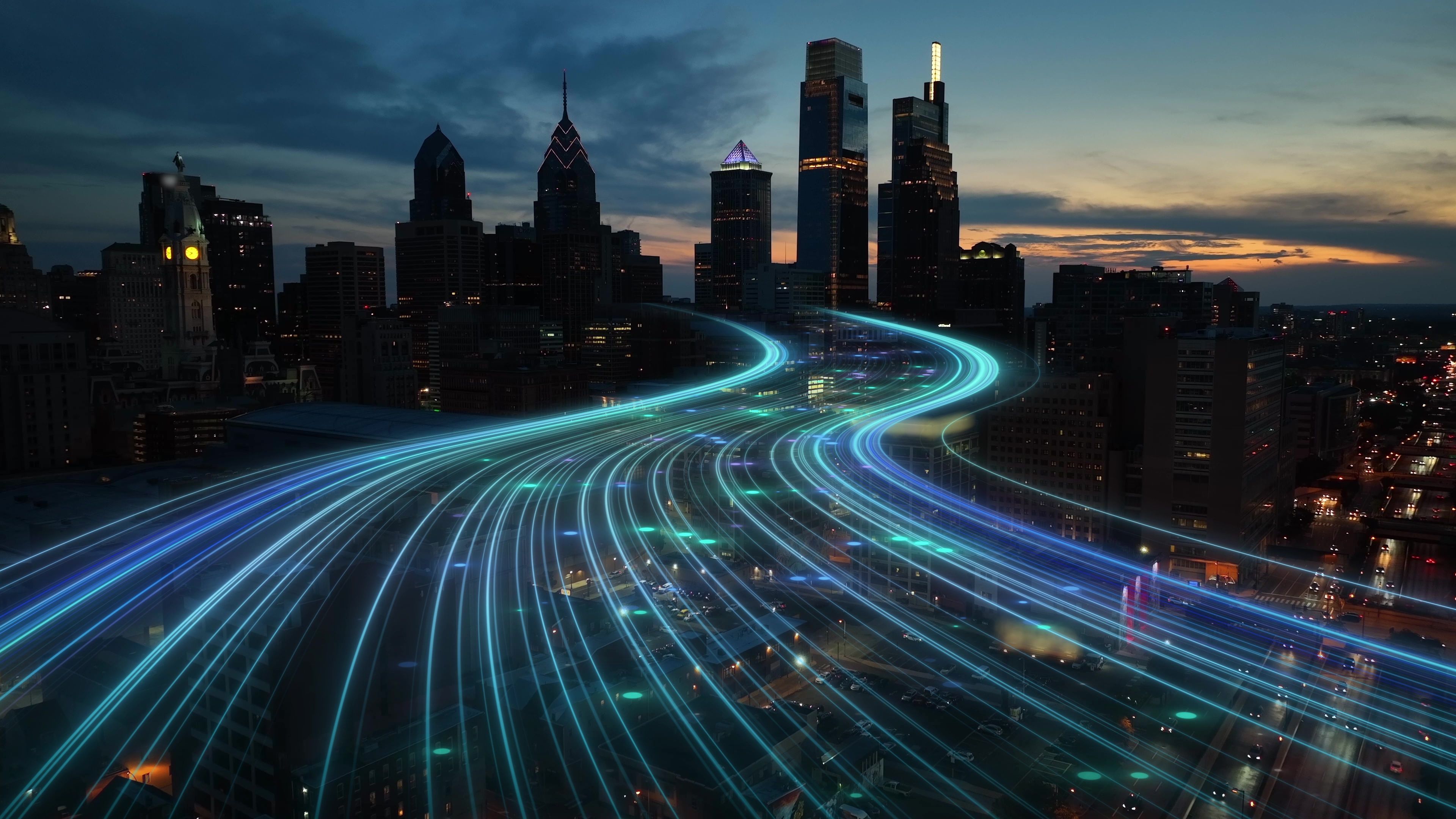Revitalizing Communities through Redevelopment Projects
The Importance of Redevelopment
Redevelopment projects play a crucial role in revitalizing communities by transforming underutilized or deteriorating areas into vibrant and sustainable environments. These projects not only improve the physical landscape but also enhance the social and economic well-being of the community members. By focusing on strategic planning and community involvement, redevelopment initiatives can breathe new life into neighborhoods and create opportunities for growth.
One of the primary goals of redevelopment is to address issues such as urban decay, inadequate infrastructure, and lack of green spaces. By investing in these areas, communities can attract new businesses, increase property values, and improve the overall quality of life for residents. Additionally, these projects often incorporate environmentally friendly practices, contributing to a healthier and more sustainable future.

Community Engagement and Collaboration
A successful redevelopment project hinges on active community engagement and collaboration. Involving local residents, businesses, and stakeholders in the planning process ensures that the needs and aspirations of the community are met. This collaborative approach fosters a sense of ownership and pride among community members, increasing the likelihood of long-term success.
Engagement can take various forms, such as public meetings, workshops, and surveys. These platforms provide an opportunity for residents to voice their opinions, share ideas, and contribute to the vision for their community. This inclusive process not only strengthens community bonds but also helps identify potential challenges and solutions early on.

Economic Benefits of Redevelopment
Redevelopment projects can significantly boost local economies by attracting new businesses, creating jobs, and stimulating investment. As previously underutilized areas are transformed into thriving commercial hubs, they become magnets for entrepreneurs and investors. This influx of economic activity generates employment opportunities for local residents and increases the tax base, which can be reinvested into further community improvements.
Moreover, successful redevelopment often leads to increased tourism, as revitalized areas become attractive destinations for visitors. This added foot traffic benefits local businesses, from restaurants and shops to hotels and entertainment venues, further enhancing economic growth.

Sustainability and Environmental Impact
Modern redevelopment projects increasingly prioritize sustainability and environmental responsibility. By incorporating green building practices, renewable energy sources, and efficient transportation systems, these initiatives help reduce the ecological footprint of urban areas. This focus on sustainability ensures that communities can thrive without compromising future generations' ability to meet their needs.
In addition to sustainable construction practices, redevelopment often includes the creation of green spaces such as parks and gardens. These areas provide essential recreational opportunities for residents while also improving air quality and supporting biodiversity. By transforming neglected areas into vibrant green spaces, redevelopment projects contribute to a healthier and more enjoyable urban environment.
The Role of Technology in Redevelopment
Technology plays an increasingly important role in modern redevelopment projects. From sophisticated urban planning software to smart city technologies, these tools enable planners to design more efficient and sustainable communities. For instance, data analytics can help identify areas with high potential for growth or highlight existing infrastructure deficiencies that need addressing.
Furthermore, technology can facilitate better communication between stakeholders, ensuring that all voices are heard during the planning process. Social media platforms and online forums provide accessible channels for public engagement, enabling community members to stay informed and contribute their insights from anywhere at any time.

Successful Examples of Redevelopment
There are numerous examples worldwide where redevelopment projects have successfully revitalized communities. For instance, New York City's High Line Park transformed a defunct railway line into an elevated green space that attracts millions of visitors annually. This project not only enhanced the aesthetic appeal of the area but also spurred economic growth by attracting new businesses and tourists.
Similarly, London's King’s Cross redevelopment transformed a once-neglected industrial area into a thriving mixed-use district with residential spaces, offices, cultural venues, and public parks. By preserving historic buildings while incorporating modern design elements, this project created a seamless blend of old and new that appeals to both locals and tourists alike.